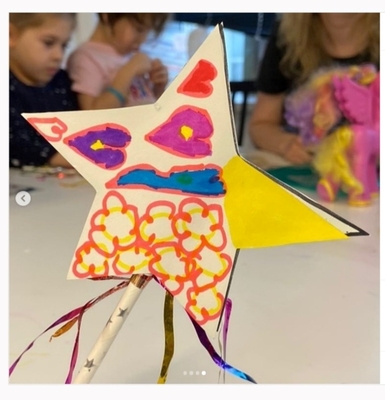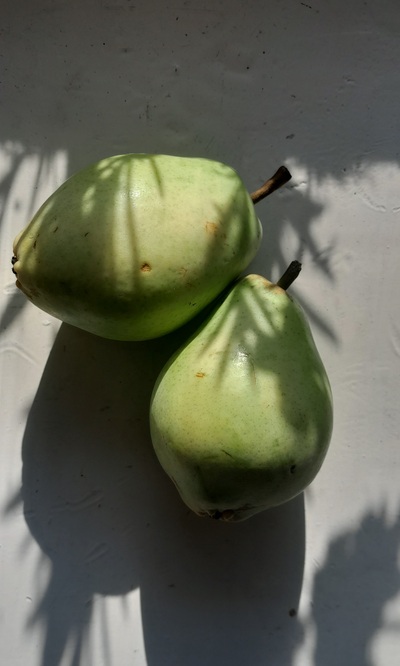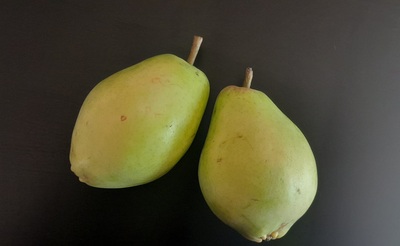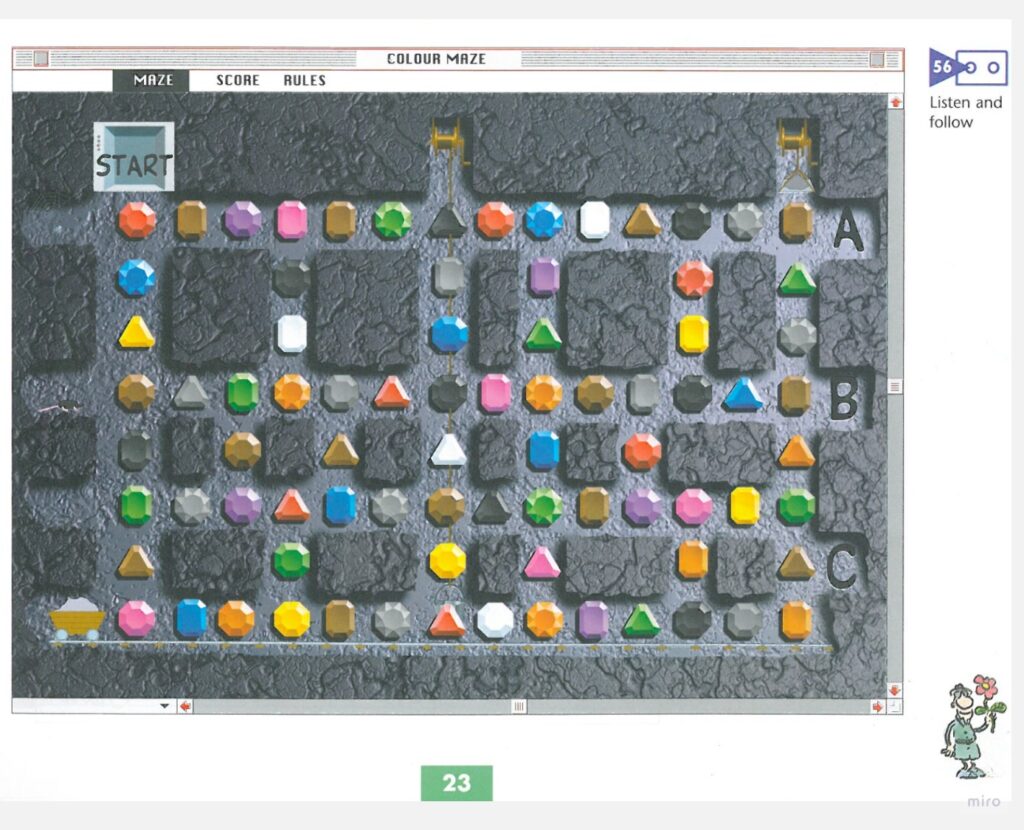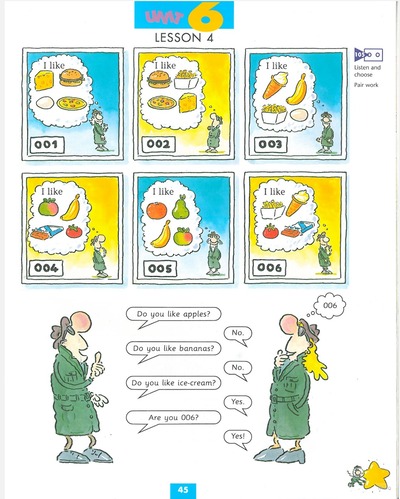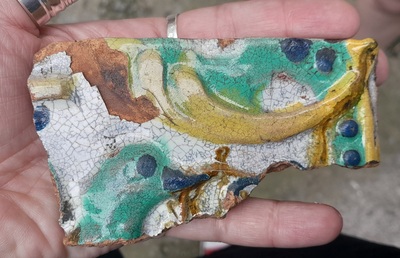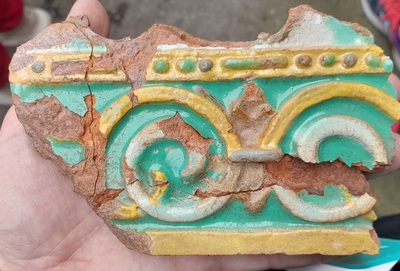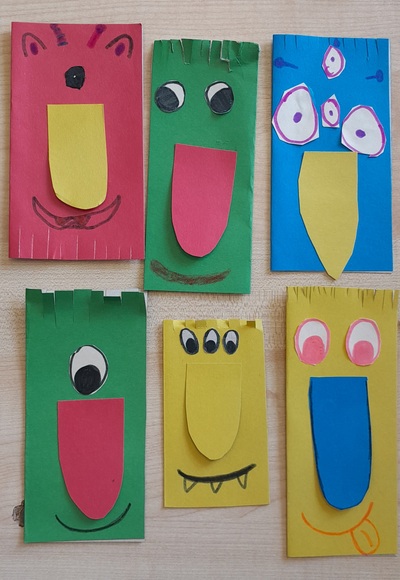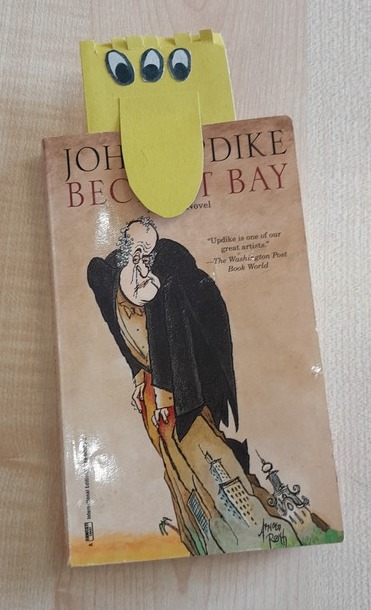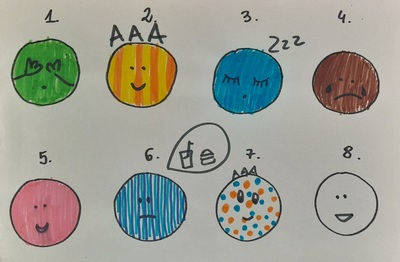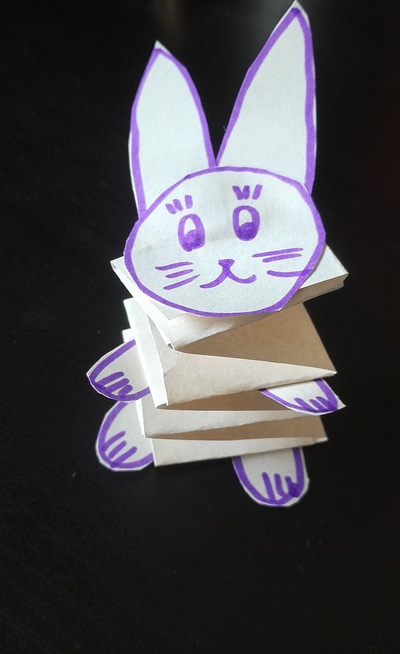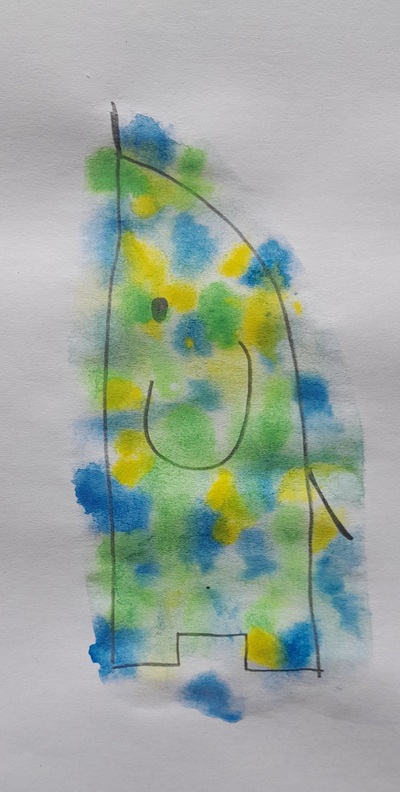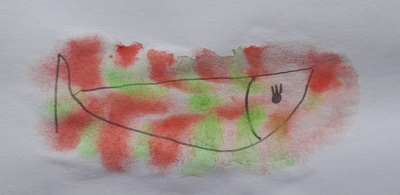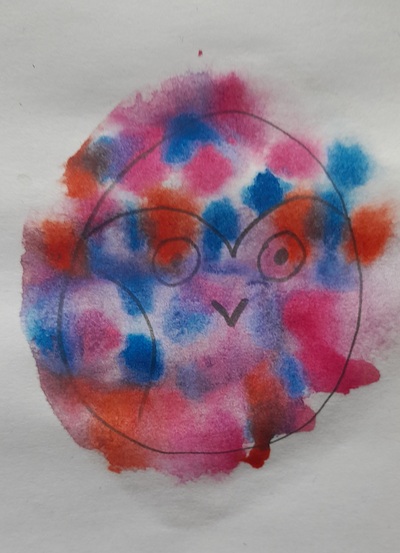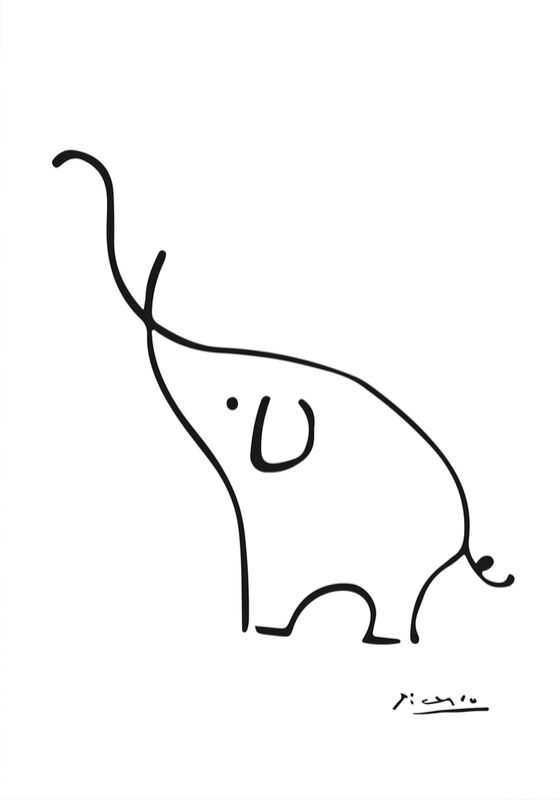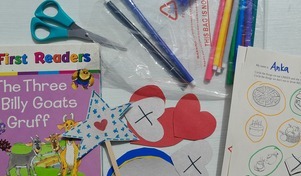
Input sessions
We have put together twelve 90-minute sessions. At the moment we run them online because it gives us an opportunity to reach a wider audience.
The 12 sessions include:
- Introduction. The VYL student: about the child in the classroom
- The VYL teacher: the features of a VYL teacher and approaching the material
- Classroom management: all the techniques that can help organise the students and the learning process
- Behaviour management: dealing with issues
- Coursebooks and material development: how to approach the coursebook and how to design own activities
- Flashcards: the basic resource for VYL teachers in the online and in the offline classroom
- Craft: including and managing craft activities in the classroom
- Music and songs: the settler and the stirrer, all in one
- Storytelling: using different stories with preschoolers
- Lesson planning: how to plan effectively
- Games: why kids need games
- Literacy: how to start developing literacy skills in the EFL pre-school group
Each session includes both theoretical and practical, with the basics to help us outline and understand the framework and the connection to the ‘adult’ EFL methodology and a lot of practical solutions for the every day teaching. We have also prepared our reading list, with articles, resource books and videos that can help each participant either prepare for the course or to develop further after the course is finished.
The course finishes with an obligatory assessment task which was designed not as a research assignment but as a written reflection task to give the trainees an opportunity to look back at the whole course experience and to summarise the main take-outs.
The additional course components
At the end of each course we always collect feedback from our participants and this is exactly how we got inspired to add these additional components to further improve our course. From summer 2023, these include:
- Lesson planning sessions: this is an additional session, a group lesson planning session in which we work with the material from different coursebooks, usually provided by our participants, preparing together with a tutor for ‘a typical lesson’ with this material. This session focuses on selecting and formulating lesson aims, selecting appropriate activities, adapting the coursebook and selecting supplementary materials
- Private consultations with the tutor: this is a session that can be used in any way the trainee chooses, for example lesson planning, questions related to course design, discussing classroom managment, professional development, materials and activities etc.
- Optional homework written tasks: there are three tasks, as a follow-up to three of the sessions: lesson planning, storytelling, language production. The trainees that decide to submit any of these tasks receive a written feedback from the trainer.
Who this course is for
This course has been initially designed to support the novice teachers in the area of very young language learners and that is why the sessions cover all of the basic areas that constitute the everyday life on the EFL carpet. However, since many of the experienced teachers started their career in VYL in a way and in a situation that was far from ideal, with no pre-service training, with no support and just learning on the go*), for them this course is an opportunity to boost and to reorganise what they know already and to align with the principles of the communicative methodology and the child development psychology.
Every single time we run this course we have a beautiful mix of participants, some experienced teachers and some VYL novice teachers, teachers working online and teachers working offline, teachers from the EFL, from the bilingual education as well as teachers who are also mums of little kids who want to learn how to start teaching their own children. It is a lovely learning environment and everyone is bringing something that they can share. And, it no surprise, that we got a very positive feedback from all of our participants, the newly qualified and the experienced teachers.
Feedback from our trainees
‘I think all the sessions were very useful because we have found out more about teaching very young learners, in some cases understood the mistakes we did and found some ways to improve it.‘
‘I really enjoyed the lessons. The classes about craft, songs and storytelling were especially helpful. Thank you so much!!’
‘All of them were very useful. I love sessions about craft and storytelling. Big thank you, that was great !!!!’
‘All sessions were useful and contained interesting examples. Although, if I have to name those more useful that others, these will be sons, craft and storytelling, great examples to remember and use in my own practice.’
‘Literacy, craft and storytelling session were the most useful as they had direct and immediate impact on my teaching practice.’
‘I’d like to take this opportunity and thank you for this course. I don’t have experience in teaching VYL, so whole course was highly useful and practice-oriented.’
‘I loved the last three sessions because they were pratical and I could use the ideas and materials on my lessons! I can’t say, that there were any useless sessions, but in the beginning there was some information, that was obvious for me. Anyway, I’m happy that I was able to do this course!’
‘Classroom management (I’ve never though before why VYL classrooms are organised in a different way from the classroom devoted to teaching children of different ages as I don’t remember myself being in the kindergarten and later on my classroom at school were very bare; and I was not taught about VYL classroom design before).’
And a few words from the trainers…
I absolutely love teaching the course. It has become some kind of a joke that I start every session with ‘Oh, today we are doing my favourite session’ but it really is every session.
Every single time it is an amazing journey on which we embark together and I take a lot of pleasure in sharing my ideas and experience and to help the trainees see how they can become better VYL teachers. It does not always involve any new amazing materials, coursebooks and resources but only a change of a mindset and a different way of looking at what we already have at our disposal.
The mix and the variety of backgrounds mentioned above is another reason why I like being a trainer on this course. Regardless of what it is that we discuss and look at instantly gets to be seen and considered from a few different angles, such as a different environment for the early language learning such as a bilingual school, home, an EFL class, different time allownances or formats (online and offline) or even different institutional policies because not all the EFL schools are the same. It’s not just ‘the idea from the tutor’, that is the only truth there is. It is an idea from the tutor that gets automatically reflected in a variety different mirrors and that automatically undergoes an analysis and adaptation. Which we are all learning from.
Happy teaching!
*) I am saying this with a deep conviction, based not only on my conversations with my trainees and my mentees but also based on the results of the reseach that I did for my MA thesis a few years ago and my dissertation got its title ‘Left to their own devices?’ for a reason. I, personally, was one of these teachers, too, when I started my teaching and my VYL teaching many years ago.



